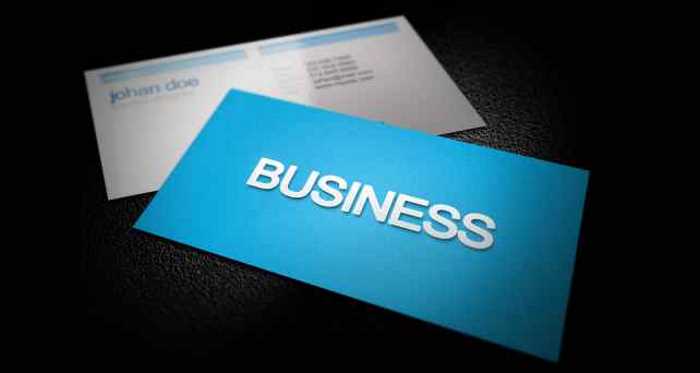In the time-strapped, cashed-strapped reality that many small business owners work in, business cards may not garner that much attention- that is, until an opportunity for networking presents itself.
Then that little piece of cardboard suddenly appears on the scene to become a reliable, silent partner in our exchanges and relationship building.
But over the past few years, as platforms such as LinkedIn gain in reach and prevalence, many have been quick to proclaim that business cards will go the way of the dinosaur. In an effort to cut costs and avoid looking out-dated, many small business owners may wonder if they should bother spending precious money on business cards, or for that matter, other printed marketing materials, such as brochures and fliers.
After all, there are many ways to exchange that data virtually at a fraction of the cost it would take to design and print those materials. Why bother with fliers and posters when you can install a digital sign, or send a mobile advertisement, and why not just cut the whole business card thing out altogether and rely on the fast-growing crop of data sharing mobile apps? Just bump phones or just scan in their, ahem, business cards and you're done. Besides, you'll save a few trees in the process.
The answer of course is that business cards aren't going anywhere anytime soon and with good reason. Though the argument can be made that exchanging marketing material and contact information electronically is more efficient, it at the same time creates a kind of disconnect- which is the exact opposite of what we're trying to do in a marketing or networking context.
Think about it. The simple act of physically passing a personal business card or some branded, promotional item to another person creates a connection. It's a tangible thing in our increasingly virtual world that can be seen, remembered, and, yes, held onto.
Moreover, for those who are creatively inclined, the business card in particular can also be a powerful expression of identity and brand in a way that can simply not be transmitted via contact information alone. Just do a little research if you haven't seen this for yourself first-hand. You'd be surprised by the design versatility of that little piece of cardboard. Finally, if you still crave the convenience of an electronic exchange you could always incorporate a QR code or something equivalent into your card that would take mobile users directly to your public LinkedIn profile.
In short, don't expect business cards to make a disappearing act. They are a vital, real element in an increasingly virtual world.
